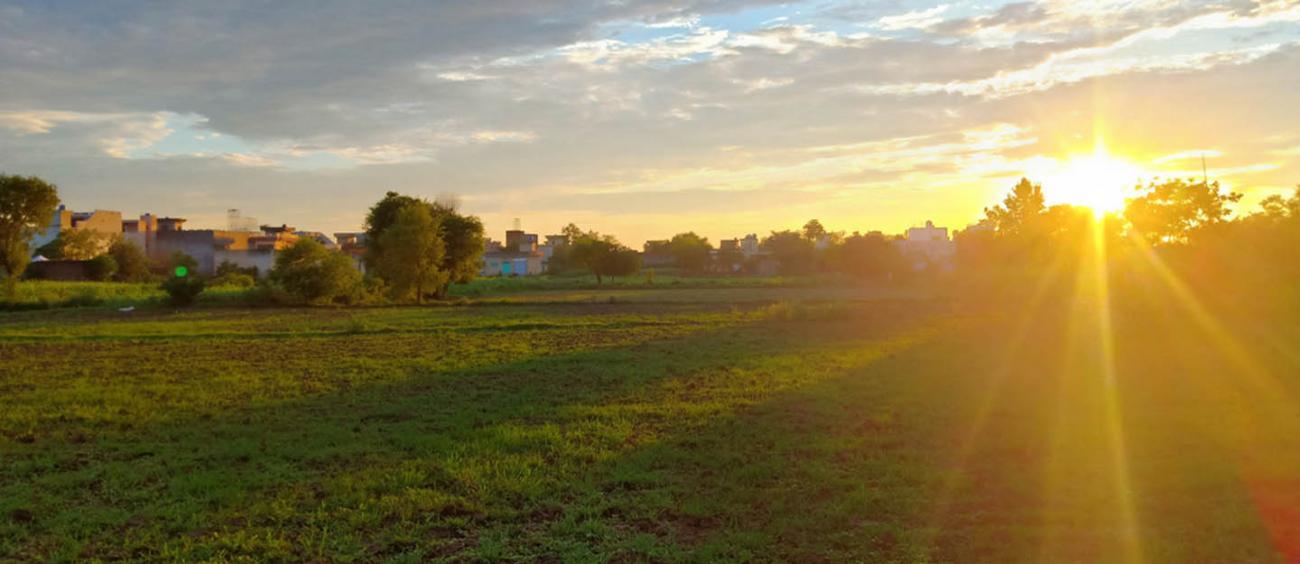
More About Summer Solstice
The summer solstice, also called the estival solsticeor midsummer, occurs when one of Earth's poles has its maximum tilt toward the Sun. It happens twice yearly, once in each hemisphere (Northern and Southern). For that hemisphere, the summer solstice is the day with the longest period of daylight and shortest night of the year, when the Sun is at its highest position in the sky. Within the Arctic circle (for the Northern hemisphere) or Antarctic circle (for the Southern), there is continuous daylight around the summer solstice. The opposite event is the winter solstice.
The summer solstice occurs during summer. This is the June solstice (usually 20 or 21 June) in the Northern hemisphere and the December solstice (usually 21 or 22 December) in the Southern.[11] On the summer solstice, Earth's maximum axial tilt toward the Sun is 23.44°.
Since prehistory, the summer solstice has been seen as a significant time of year in many cultures, and has been marked by festivals and rituals. Traditionally, in many temperate regions (especially Europe), the summer solstice is seen as the middle of summer and referred to as "midsummer"; although today in some countries and calendars it is seen as the beginning of summer.
The summer solstice occurs during summer. This is the June solstice (usually 20 or 21 June) in the Northern hemisphere and the December solstice (usually 21 or 22 December) in the Southern.[11] On the summer solstice, Earth's maximum axial tilt toward the Sun is 23.44°.
Since prehistory, the summer solstice has been seen as a significant time of year in many cultures, and has been marked by festivals and rituals. Traditionally, in many temperate regions (especially Europe), the summer solstice is seen as the middle of summer and referred to as "midsummer"; although today in some countries and calendars it is seen as the beginning of summer.
Date & Time
June 20, 2025
Add to My Calendar
Did you know you can follow any of our 175 Special Interest calendars and stay informed better than ever before? See them here. You can also create your own public or private calendar here. Post events to your calendar and ours at the same time! Terms and conditions may vary based on the policies of your local Town Planner publisher.
To learn more, watch our intro video!